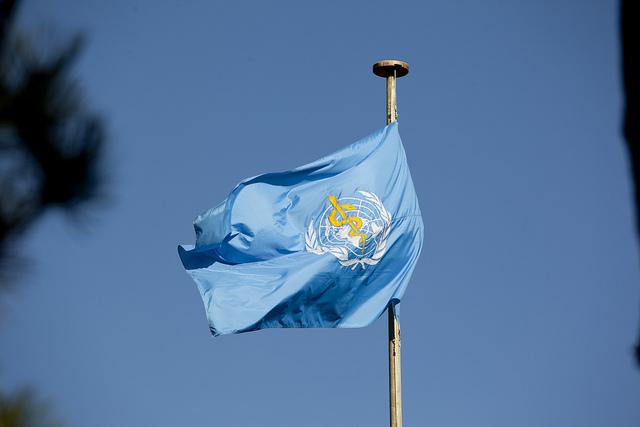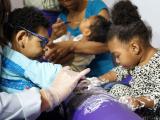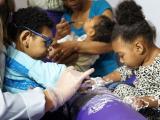The World Health Organization (WHO) today declared a public health emergency focused on microcephaly and neurologic conditions strongly associated with Zika virus.
WHO Director-General Margaret Chan, MD, MPH, convened a Zika emergency group last week during a WHO executive board session as part of its role in carrying out the International Health Regulations. Led by David Heymann, MD, with the London School of Hygiene and Tropical Medicine, the 18-member group met today by teleconference.
At a media briefing after the emergency committee made its decision today, Chan said she accepted the recommendation to declare a Public Health Emergency of International Concern (PHEIC). She said the group agreed that a link between Zika infection during pregnancy and microcephaly (small heads in newborns) is strongly suspected, though not yet scientifically proven.
"All agreed on the urgent need to coordinate international efforts to investigate and understand the relationship better," Chan said, adding that the time to act is now, because a definitive scientific answer won't be known anytime soon.
Complications galvanize call for action
Chan added that other factors swaying the committee to recommend a PHEIC were patterns of recent spread, broad distribution of the mosquito species that can spread the virus, lack of vaccines and diagnostic tests, and absence of population immunity to the virus.
Heymann said that without the strongly suspected links to microcephaly and neurologic complication, Zika virus on its own probably wouldn't have constituted a PHEIC, because it is not a clinically serious disease. He said emergency committee members learned there was a microcephaly cluster during French Polynesia's Zika virus outbreak in 2014.
It's not known how long it will take to confirm if there is any scientific link between the virus and microcephaly, as well as the neurologic condition called Guillain-Barre syndrome (GBS), which has been reported in French Polynesia, Brazil, and El Salvador.
When asked if the WHO was worried about sounding a false alarm, Heymann said the main concern is getting to the bottom of the possible connections between Zika virus and microcephaly and GBS complications. "This is definitely the best measure to take, based on what we know."
Bruce Aylward, MD, MPH, the WHO's assistant director-general, said as many as five studies are already under way and that two more are slated to begin within the next 2 weeks.
Surveillance uniformity, research focus
The committee's two main recommendation were to standardize microcephaly and GBS surveillance in known and at-risk transmission areas and to research what the underlying causes are of the microcephaly and GBS clusters.
Among the short-term actions that the group recommended were improving Zika infection surveillance, prioritizing the development of new diagnostic tests, enhancing risk communications, and stepping up vector control.
Regarding the microcephaly threat, the committee recommended that women of child-bearing age have the information and materials they need to reduce their risk of Zika virus exposure and that pregnant women exposed to the virus be counseled and followed for birth outcomes.
The team's longer-term recommendations address research into vaccines, drugs, and tests, and preparing health systems for possible increases in neurologic complications and birth defects. The experts also said countries shouldn't impose any travel or trade restrictions on the nations affected by the virus.
See also:
Feb 1 WHO emergency committee statement
Feb 1 Margaret Chan remarks
Feb 1 WHO media briefing audio file





















